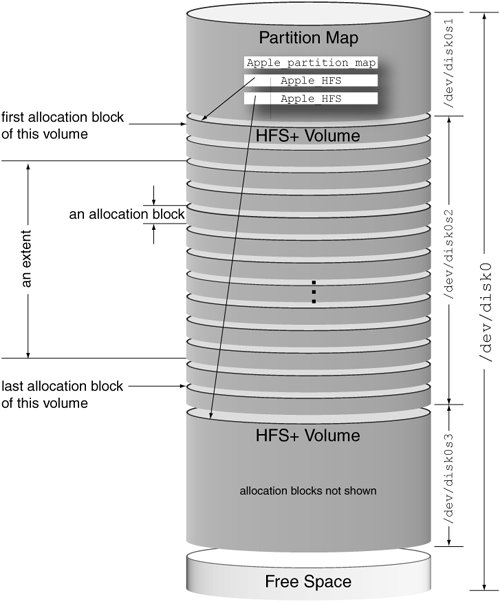

- Hfs file system allocation strategy for mac os#
- Hfs file system allocation strategy mac os#
- Hfs file system allocation strategy password#
The oldest Windows OS that exFAT can work with is Windows XP SP3, while the oldest Mac OS is Mac 10.6.5 Snow Leopard. But since it’s new, it’s not compatible with older operating systems. Much like the previous version, exFAT also works with both Mac and Windows operating systems.


Now, exFAT is the newer version of FAT32, and it solves most of the problems with the previous format. Although it can create a 2TB drive partition in Macs, it still has the 4GB file limit. Another disadvantage is that it can’t create drive partitions larger than 32GB in Windows. So if you get an error that says “the file is too large for the destination file system,” then it’s probably because the file you’re trying to move or copy to a FAT32 drive is over 4GB. One of the top disadvantages of FAT32 is that it can only accommodate files that are up to 4GB in size. However, it’s not very compatible with new technologies. One of the oldest file systems today, FAT32 works with all versions of Mac and Windows operating systems. So, when it comes to HFS+ vs APFS, it all depends on how new your Mac is. However, you need third-party apps to do that, and, at the moment, none of them are free.

It’s also possible to read and write APFS drives in Windows. On top of all that, APFS is also compatible with older operating systems that are still using traditional HDD (hard disk drives). It’s the latest file system for Apple computers and has several cool features, including: It was first released along with the macOS 10.13 (High Sierra) operating system in 2017. It’s called APFS, which stands for Apple File System. HFS+ vs APFSĪs mentioned above, Apple has developed another file system for its computers. So, NTFS vs HFS+ all depends on what computer you are using. Unlike NTFS, which is partially compatible with Mac computers, HFS+ is not compatible with Windows computers at all.
Hfs file system allocation strategy password#
In short, file and folder names in this file system are case-sensitive and will require a password and encryption. This format has all three features of the file systems above.
Hfs file system allocation strategy for mac os#
Hierarchical File System Plus (HFS+) was developed by Apple for Mac OS X.


 0 kommentar(er)
0 kommentar(er)
